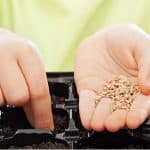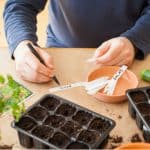Last updated on March 22nd, 2022
Our site is reader supported, this means we may earn a small commission from Amazon and other affiliates when you buy through links on our site.
March is when you can start your indoor seedlings for tomatoes. Outside you can begin to sow celery, peas, onions, spinach, parsley, lettuce, dill, cabbage, cauliflower and coriander.
March right into the turning point from winter into spring by getting your vegetable garden ready. March is the month to prepare some of your seedlings indoors and to plant a few stronger vegetables outside.
Jobs for March
- Protect young plants from slugs using various methods.
- Plant potatoes, onions and shallots.
- Plant summer flower bulbs, tubers and combs such as Lillies, Alliums and Begonias.
- Trim any winter-flowering heathers.
- Lift any overgrown perennials, divide and replant.
- Get the lawnmower out if needed.
- Cut back shrubs grown for their colourful winter stems such as Cornus and Salix.
- Starting weeding and adding mulch such as compost or farm manure to suppress weeds and get the soil ready for the coming months.
- Prunes roses if you have not already done so.
- Move any deciduous trees or shrubs that need moving to new positions.
- Feed trees, shrubs and hedges with slow-release fertiliser by gently raking it into the soil.
- Prune any summer flower clematis before they start and early flowering clematis once they have finished flowering. Read our clematis pruning guide here.
- Cut back Mahonias after flowering to encourage new growth.
- Prune Jasmine nudiflorum (Wintering Flowering Jasmine) back to 2-3 buds of the previous year’s growth from old wood.
- Cut back any Hellebore leaves that have diseases, this will also make flowers stand out more.
- Deadhead those old Hydrangea blossoms. Learn about pruning Hydrangeas in our guide here.
- Continue to deadhead any winter pansies or violas to keep them flowering until its time to swap them for summer bedding in a couple of months.
Bulbs and Tubers
March is also the time for bulbs and tubers. Summer flowering bulbs will no doubt be the centre of your summer floral display but you need to get a jump start on them by planting them in March. If you don’t have a space in your garden right now to plant your summer bulbs, you can always put them in a pot temporarily and leave them in your border, and then move them once they’re done flowering.
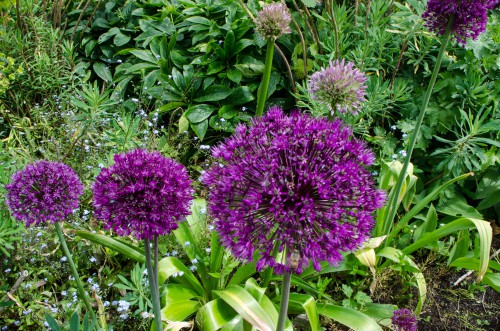
Summer flower bulbs include things like Dahlias and Lillies. With most of these, you want to plant them at a depth that is 3 times that of the bulb. However, always review the packaging details for your bulbs before you start digging away. It’s a lot easier to take an extra minute to review rather than have to go back and dig them up again because some bulbs do prefer to be planted quite deep whilst others prefer a more shallow planting.
Learn more about planting bulbs here.
Getting rid of Slugs and Snails
Pest control is always better when it is done in a preventative fashion. And that is why March is such an important time if you contend with slugs and snails in your garden. With the arrival of spring, you will find that warming temperatures encourage slugs and snails to make their new home amongst your new garden growth.
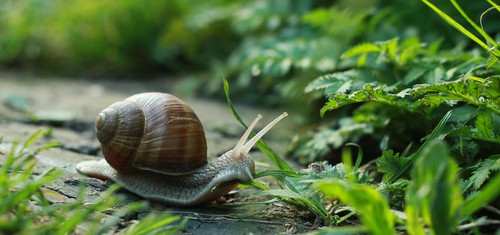
So, take steps now to prevent them. You can find organic slug pellets whose main ingredient is ferric phosphate or you can rely on the commercial, tried-and-tested methaldehyde products. Regardless of which method you use, be sure to read any instructions so that you apply the method successfully. 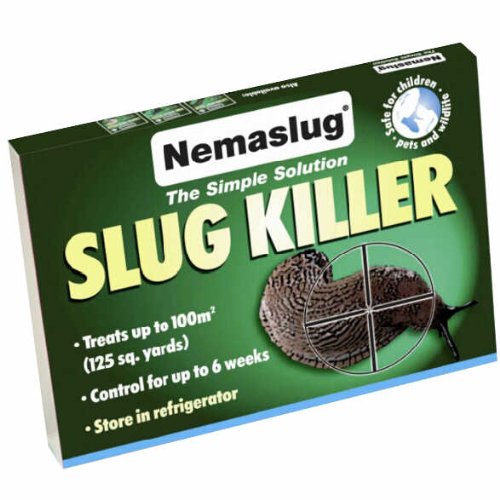 Buy from Amazon.co.uk by clicking here
Buy from Amazon.co.uk by clicking here
If these don’t suit your fancy there are biological controls you can use, which take the form of natural slug predators called microscopic nematodes, as pictured above. You can purchase packets of these from your local garden centre, or order them online. Nematodes can only be put into your garden when the soil temperature remains around 5°C so, most online stores won’t sell them until that time of the year.
Planting Potatoes
There are some early varieties of potatoes that you can plant in March, varieties like that of rocket potatoes. If you already have them and you want to grow them in pots, now is the time to fill those pots with compost. Make sure the pots are at least 30-40cm in diameter and filled halfway. Bury the potatoes just slightly below the surface of the compost and as you notice new shoots growing, add more compost until the pot is substantially full.
If you plant them in March they should be ready to harvest in late June or early July. You can verify that your potatoes are ready by gently feeling for them. If the tubers are large enough, the size that you would consume, you can remove them from the pot.
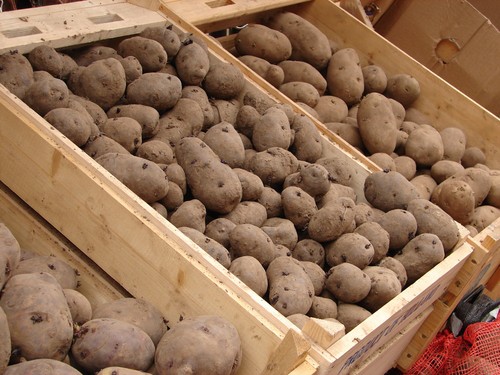
Learn more about growing seed potatoes in pots in this guide here
Protect young plants with fleece should the weather turn cold
Of course, being that it is March, sometimes the temperatures can march right back into winter. If the forecast predicts very cold weather, cover any young plants with garden fleece.
Be on the lookout for Lily Beetles
There is not a single month where you do not have to worry about pests. March is no exception and you need to be on the lookout for Lily Beetles. These will typically attack lily flowers and foliage. The Lily beetle is red in adult form but the larva is black and sticky and you usually find it under the leaves. No matter what stage you find it in, squish it.
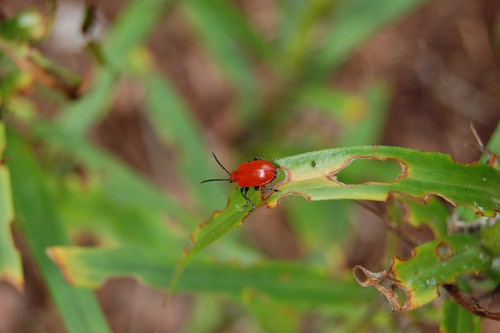
Border Patrol
If you have garden borders, now is the time to start improving the soil in preparation for planting whatever it is you choose to cultivate. Start adding compost in March, approximately 3cm worth of layers, no matter where you plan to grow so that you can prevent weeds from sprouting up ahead of time and improve moisture control. Composted bark and mushroom compost are a wonderful, natural solution for this. If you have your own compost, by all means, start adding that now.
Prepare Vegetable Beds
Remember, March is when the soil starts to warm up so there is a lot to do. If you are going to cultivate vegetables, now is the time to start sowing shallots, onions and even garlic outside, and potatoes as mentioned.
You can also start preparing vegetable plots by digging in any green manure grown over winter, dig in any manure or compost into the beds ready for the growing season ahead. You can also cover the soil with a large black plastic sheet to keep the soil drier and warm ready for planting in a few weeks.

